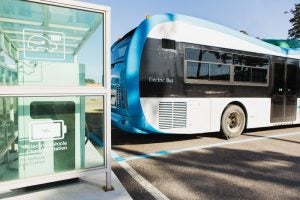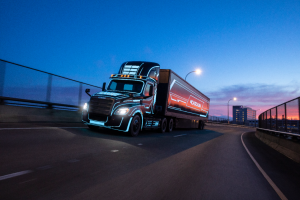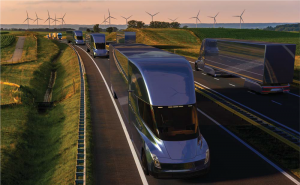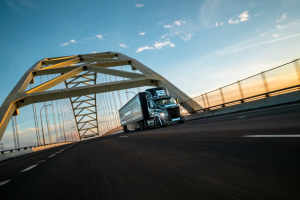 Last month Houston Metro voted to shift to purchasing only zero-emission buses by 2030 — the same year the U.N.’s Intergovernmental Panel on Climate Change has set as a deadline to cut the world’s emissions in half. Both decisions are driven by the same goal: a healthier, safer and cleaner world for our kids. As the largest transit authority in Texas, with one of the nation’s largest fleets, Metro’s bold decision is to be applauded.
Last month Houston Metro voted to shift to purchasing only zero-emission buses by 2030 — the same year the U.N.’s Intergovernmental Panel on Climate Change has set as a deadline to cut the world’s emissions in half. Both decisions are driven by the same goal: a healthier, safer and cleaner world for our kids. As the largest transit authority in Texas, with one of the nation’s largest fleets, Metro’s bold decision is to be applauded.
The move to procure a zero-emission fleet is a necessary one in the self-proclaimed “energy capital of the world,” which has dealt annually with the harm from a warming climate and extreme weather events — the unprecedented flooding of Hurricane Harvey and the fatal crippling of the unprepared power grid by the hard winter storm. In the face of a hotter world, we cannot just turn our air-conditioners up.














